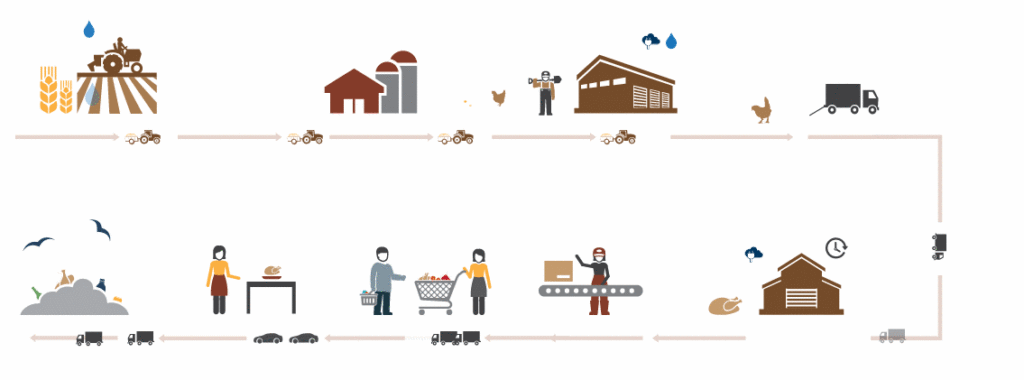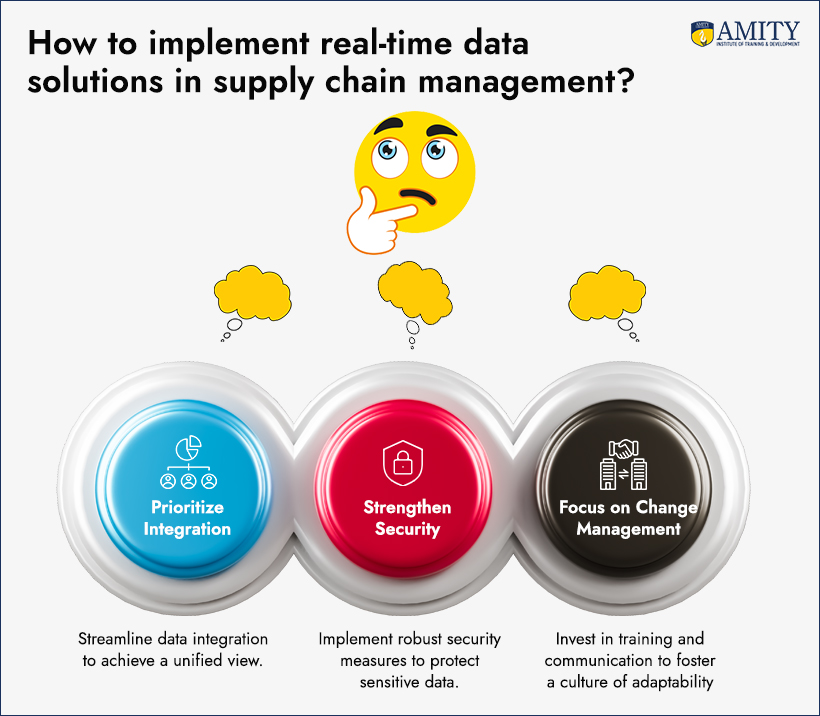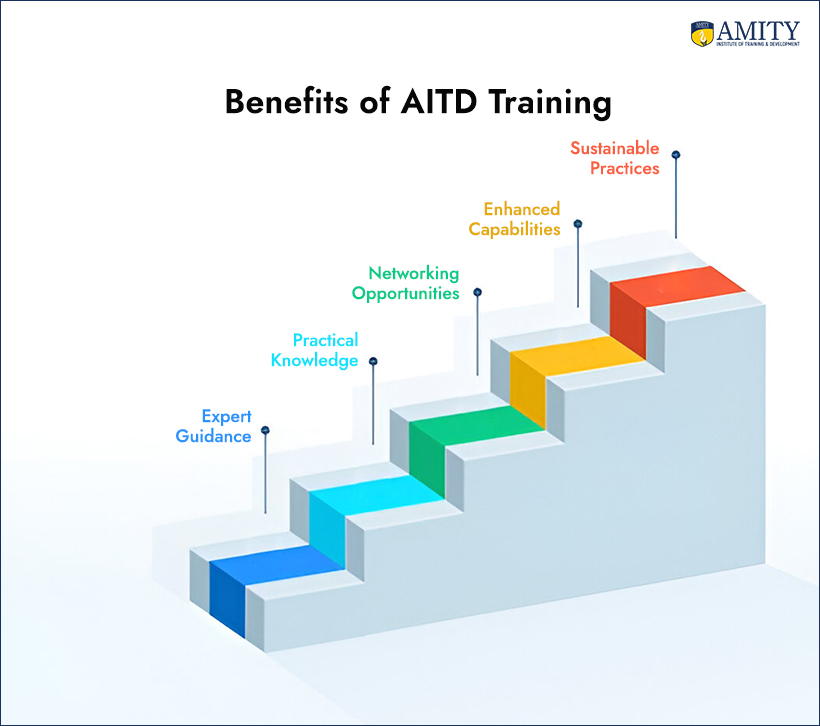Tech-Driven Solutions

Supply chain management (SCM) is all about strategic coordination with regard to sourcing, production, and delivery of activities. It forms the backbone to keep a business from running smoothly. Efficiency, cost cuts, and happier customers are all framed through SCM.
Logistics constitutes a great deal of SCM in that it refers to the moving and warehousing of products. This ensures timely arrival to the customer. The understanding of the above is important in that logistics form part and parcel of SCM.
Studies have shown that firms with effective SCM are 23% more profitable. This points out the essence of having a strong supply chain strategy within the new marketplace.
This blog discusses how real-time data and smart logistics strengthen the supply chain. They help businesses when the going gets tough.
Key Takeaways
- Real-time data keeps track of what you have. It makes superior supply chain decisions.
- Smart logistics uses new tech like cloud computing for giving an individual more efficient and responsive supply chains that catch up on market needs fast.
- Efficiently managed supply chains lead to cost-cutting measures and merry customers, so profits increase.
- Logistics plays a very important role in SCM as it includes the timely procurement of goods from one place and delivered to another.
- AITD is a very good logistics career and logistics and supply chain management jobs.
What is Supply Chain Management?
SCM is planning, controlling, and executing the flow of products. According to CSCMP, SCM integrates supply and demand management along companies. It ensures that all work together to deliver value to the customer.

What Does Supply Chain Management Meaning in Today’s Business Landscape?
Supply chain optimization is even more expansive. It is not only the transaction of products but also a plan and implementation of procedures to enhance the movement of materials, information, and finance. Through this, companies will be able to keep expenses in check while competing with the market demand.
Supply Chain Management Process: Integrating Smart Logistics for Efficiency

There are several steps in the process of supply chain operation, which are as follows:
- Planning: Building a plan to meet customer requirements with proper utilization of resources.
- Sourcing: Finding the best suppliers of raw materials.
- Manufacturing: Transforming raw materials into finished goods.
- Delivery: Logistics management for timely delivery of the products.
- Return: Proper handling of the defective and extra products.

(Source: IBM)
The Importance of Real-Time Data in SCM
Real-time data refers to the information available immediately. For SCM, it views the inventory, orders, and market demand in real-time. With real-time data, there is a basis for quick and informed supply chain decisions.
- Improved Visibility. Real-time data analytics allows for continuous follow-up tracking of your company’s supply chain processes. Visibility into potential bottlenecks lets them get noticed and addressed before they become a major issue.
- Enhanced Decision Making: With real-time data, managers would rely less on the old and perhaps erroneous forecasts regarding demand and supply chains. Practically speaking, they can be very responsive to an abrupt change in the demand or supply chain.
- Problem Prevention: This will allow companies to know the condition of goods being moved through real-time information regarding temperature and humidity levels and receive advance warnings for potential problems before they become actual problems.
(Source: Gartner)
DO YOU KNOW? Organizations implementing smart logistics technologies have a 25% delivery performance rate, Gartner reports.
Supply Chain Logistics Strategies for Business Continuity and Resilience
Smart logistics introduces a total transformation in Supply chain framework by integrating the most advanced and recent technologies available nowadays such as IoT, AI, and ML. By these, it enhances supply chain logistics in several ways:
- High Efficiency with Automation: Smart logistics incorporates automation to allow for accurate and high-speed processes without error. Order fulfillment, inventory management, and warehousing increase the efficiency for companies through smart logistics. This allows companies to work on the strategic plans within their supply chain metrics.
- Optimization of Transportation Routes Helps Save Cost: AI finds the best route options. This minimizes the quantity of fuel used during transportation. Delivery time is also enhanced. Therefore, it is essential to understand between supply chain and logistics in order to optimize performance.
- Improved Response to Change Over Quickly Improving data analysis in real-time helps organizations alter or align their operations with demand changes or disruption. Smart logistics makes adaptability easier without losing competitiveness

(Source: Deloitte)
DO YOU KNOW? According to Deloitte, nearly 80 percent of the businesses which have high-functioning supply chains outperform other businesses.
How Can Businesses Leverage Technology for Supply Chain Resilience?

There are several technologies that businesses can avail to make their supply chains resilient:
1. Blockchain Technology
Blockchain technology also enhances the transparency and traceability of supply chains. In this case, an immutable record of transactions is provided where the parties can view the status of the product. Such help with problems on issues such as counterfeiting, as well as compliance issues. For example, Nestlé uses blockchain to enable its customers to trace their food back to its origin: whereby it’s authentic and sourced ethically. As consumers grow in confidence, this should make operations more efficient.
2. Advanced Analytics
Advanced analytics uses big data to uncover patterns and trends in the supply chains. This helps businesses stay much more informed and, therefore, make better decisions. They can improve efficiency and shorten response time.
3. Cloud Computing
Cloud computing improves teams’ collaboration. It ensures that everyone gets the latest information irrespective of where they are located. This is quite important during disruptions. Everyone is in a better position to make prompt decisions.
What Are the Challenges in Implementing Real-Time Data Solutions?

There are so many benefits related to real-time data solutions, but of course, there are also challenges:
1. Challenges
Challenges in integration issues, difficulty in adding new technologies in the old systems, and time consumption of much time. It is difficult to get all the data to work together harmoniously. This can make it hard to see the bigger picture.
2. Data Security Concerns
The bigger the data, the bigger the security against data. it is very important that you lock away your data from hackers. Good security and rule following guarantee data safety. Such a thing is important in logistics where data safety is crucial.
3. Change Management
Change is another massive obstacle. Some may refuse new technologies or techniques. Employees have to be trained and backed up very well. logistics and supply chain management courses would help the employees get accustomed to things.

How Do Real Time Data and Smart Logistics Work Together?
Real time data and smart logistics are a great team. Both can help businesses make smart choices and run better

- Data-Driven Decision Making: Real-time data helps to advance the plan of logistics. This will ensure that products get to customers on time, and everyone is happy.
- Predictive Analytics: Real-time data helps see problems before they happen. That is, they help companies get ready for issues such as natural disasters.
- Efficient Collaboration: All the related data between the partners enhances better collaboration. This, in turn, results in smoother processes and stronger supply chains.
Real time data and smart logistics create a supply chain that is stronger. Companies that majorly emphasize these two go great in bad times. Training programs, such as AITD, ensure that these supply chains become even stronger.
“A Systematic Literature Review of Organization Resilience, Business Continuity, and Risk: Towards Process Resilience and Continuity”, by Bakhtiar Ostadi et al., 2023, revealed how crucial resilience, business continuity, and risk are in organizational contexts. It analyzed the 22 key points for frameworks which identified the areas and brought out the resilience importance in business continuity planning.
What is AITD Role in Enhancing Supply Chain Management Resilience?
SCM is a vital aspect of business operations that may be seeking efficiency and resilience. AITD gives resources meant for SCM best practices. AITD offers logistics and supply chain management courses to the companies to develop relevant skills.
Operations and Supply Chain Management: AITD’s Impact on Industry Standards
AITD delivers education on logistics and supply chain management through specialised courses. These logistics and supply chain management courses prepare the professionals and help them to make their operations better. AITD is focused on using real-time data and smart logistics in order to enhance the resilience of the supply chains.
- Logistics and Supply Chain Management Courses: These courses focus on the basic issues of SCM and using real-time data.
- Training and Supply Chain Operations: AITD teaches different risk management methods to enhance its operative efficiency.
- Advocate for Best Practices: AITD teaches the differences between supply chain and logistics, thereby leading to clear operations.

DO YOU KNOW? Organizations using AITD’s training experience up to 30% greater operational performance, a survey reveals.
Boosting Business Continuity Resilience with AITD’s Supply Chain management Courses

Benefits from Training with AITD for SCM.
- Learners are advised by practical people in operations and supply chain network for them to bridge the gap between theoretical parts and the ‘in practice’ service that the learners will receive in tackling real-world challenges.
- Pragmatic Knowledge AITD’s courses give insight to real-world settings for supply chain logistics. It focuses on the supply chain management system teaching how to implant efficient plans to attain high efficiency and quality performance.
- Networking Opportunities Training through AITD would allow the exposure to other professionals; therefore, it is an opportunity to collaborate or seek employment in logistics and supply chain management jobs.
Organizations can enhance their skills in supply chains by training with AITD for future challenges.
Contributing of AITD towards Sustainable Practices
AITD advocates sustainability in SCM, so that companies reduce carbon footprints and improve logistics. Sustainable SCM improves the environment but also enhances brand positioning in the presence of these eco-conscious consumers. AITD supports businesses in the development of the right skill set to handle this complex area.







